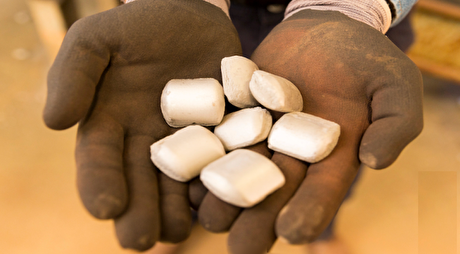
SPGC Sends Gas Condensate to Europe
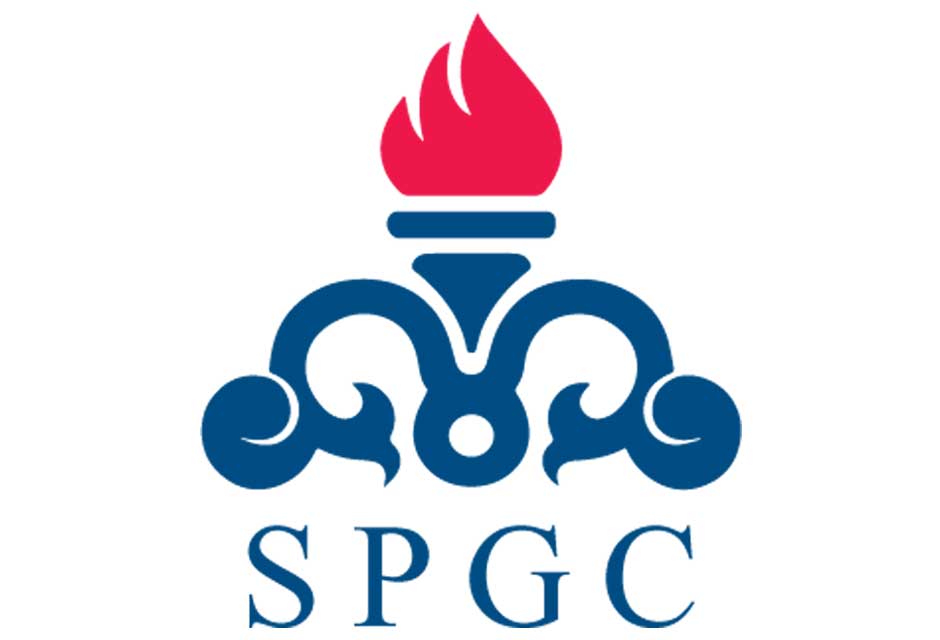

Masoud Hassani added that for the first time after the easing of international sanctions, one million barrels of gas condensates produced in South Pars Gas Complex were exported to terminals in Europe, Shana reported.
The complex produced more than 125 million barrels of gas condensates in March-November period that is 18.2 million barrels more than last year's corresponding period.
Underscoring that the main buyers of Iranian gas condensates in Asia are its traditional oil customers, namely China, India, South Korea, Turkey, Taiwan and Japan, he noted, "More than 98 million barrels of condensates have been sold to Asian buyers in the same period."
Reportedly, companies from South Korea, as one of the main customers of Iran's condensate, took in 6 million barrels of Iranian South Pars Condensate in June, up from about 3 million to 4 million barrels in April and May.
Condensates are in the twilight zone between crude oil and natural gas. They possess characteristics of both oil and gas, and have values and market drivers both similar to, and distinctly separate from, oil and gas.
The country's gas condensates account for almost 30% of the country's total non-oil exports.
South Pars is the world's largest gas field, shared between Iran and Qatar, covering an area of 3,700 square kilometers of Iran's territorial waters in the Persian Gulf. It adjoins Qatar’s North Field, which measures 6,000 square kilometers.


Caterpillar sees US tariff hit of up to $1.5 billion this year

Australia pledges $87M to rescue Trafigura’s Nyrstar smelters in critical minerals push

SAIL Bhilai Steel relies on Danieli proprietary technology to expand plate mill portfolio to higher steel grades
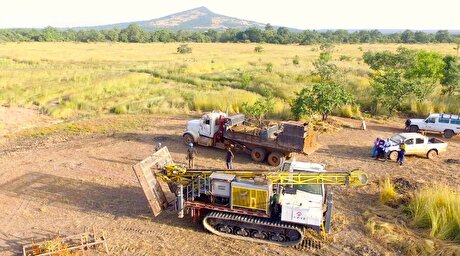
Fortuna rises on improved resource estimate for Senegal gold project

Alba Discloses its Financial Results for the Second Quarter and H1 of 2025

Copper price slips as unwinding of tariff trade boosts LME stockpiles
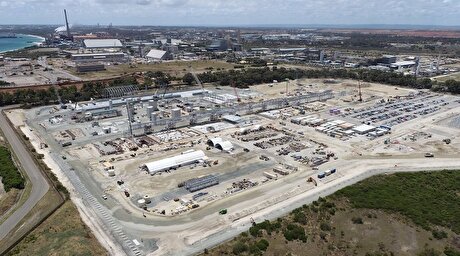
Tianqi Lithium Australia JV says it is prioritizing long-term viability of refinery

Fresnillo lifts gold forecast on strong first-half surge

US slaps tariffs on 1-kg, 100-oz gold bars: Financial Times

De Beers strikes first kimberlite field in 30 years
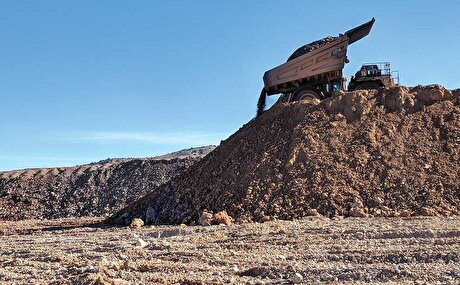
Minera Alamos buys Equinox’s Nevada assets for $115M
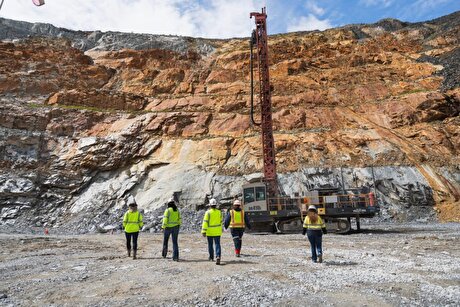
OceanaGold hits new high on strong Q2 results

What’s next for the USGS critical mineral list

South Africa looks to join international diamond marketing push
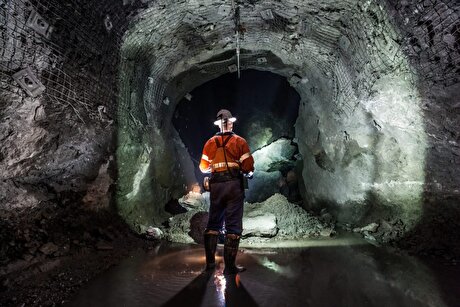
Copper price gains on Chinese demand, Chilean supply risks

Gold exploration spend trending down despite higher prices – S&P Global
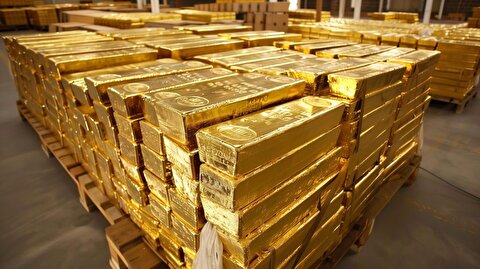
A global market based on gold bars shudders on tariff threat
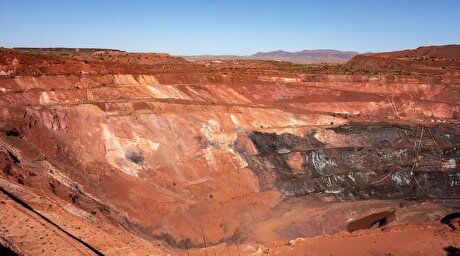
New research reveals source of world’s richest lithium deposits

Century Aluminum to invest $50M in Mt. Holly smelter restart in South Carolina

De Beers strikes first kimberlite field in 30 years

Minera Alamos buys Equinox’s Nevada assets for $115M

OceanaGold hits new high on strong Q2 results

South Africa looks to join international diamond marketing push

Copper price gains on Chinese demand, Chilean supply risks

Gold exploration spend trending down despite higher prices – S&P Global

A global market based on gold bars shudders on tariff threat

Century Aluminum to invest $50M in Mt. Holly smelter restart in South Carolina
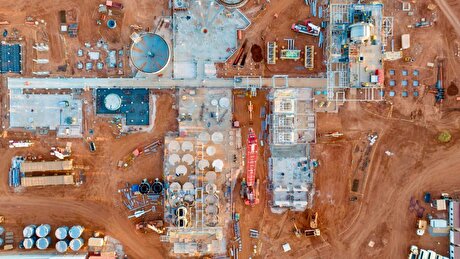
Australia to invest $33 million to boost Liontown’s Kathleen lithium operations
